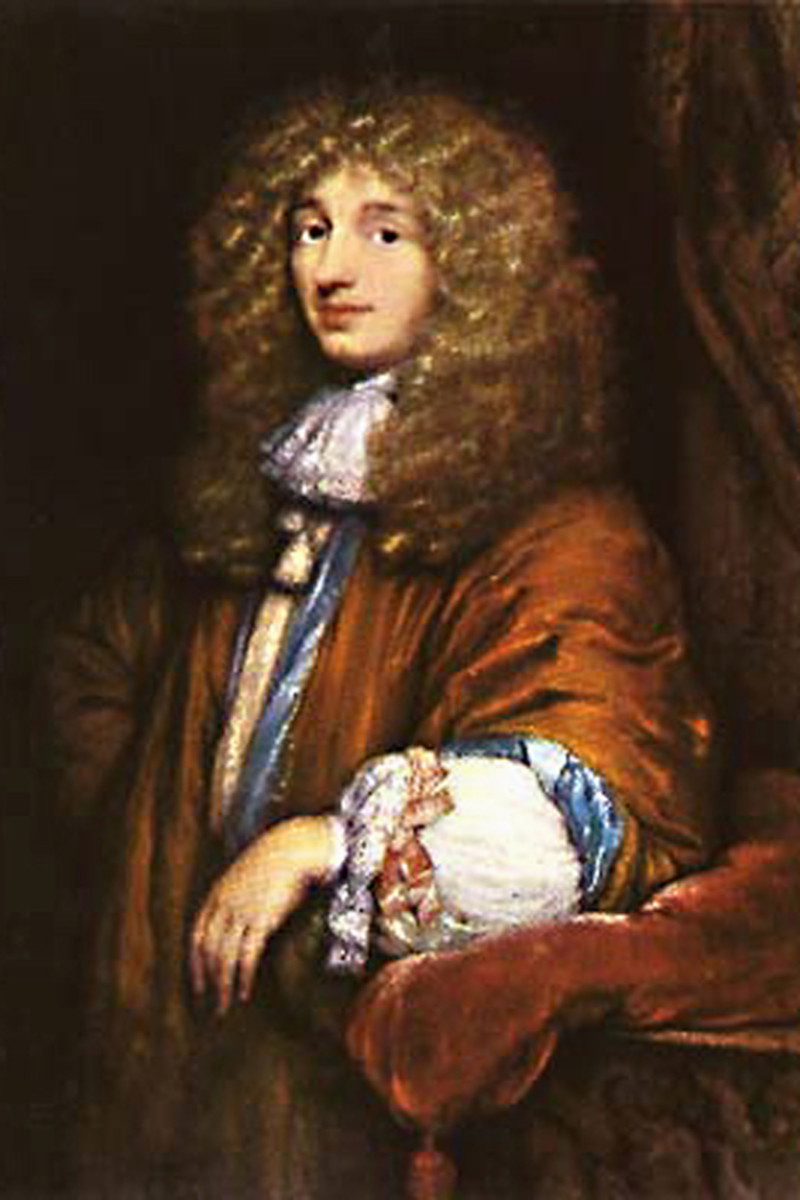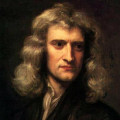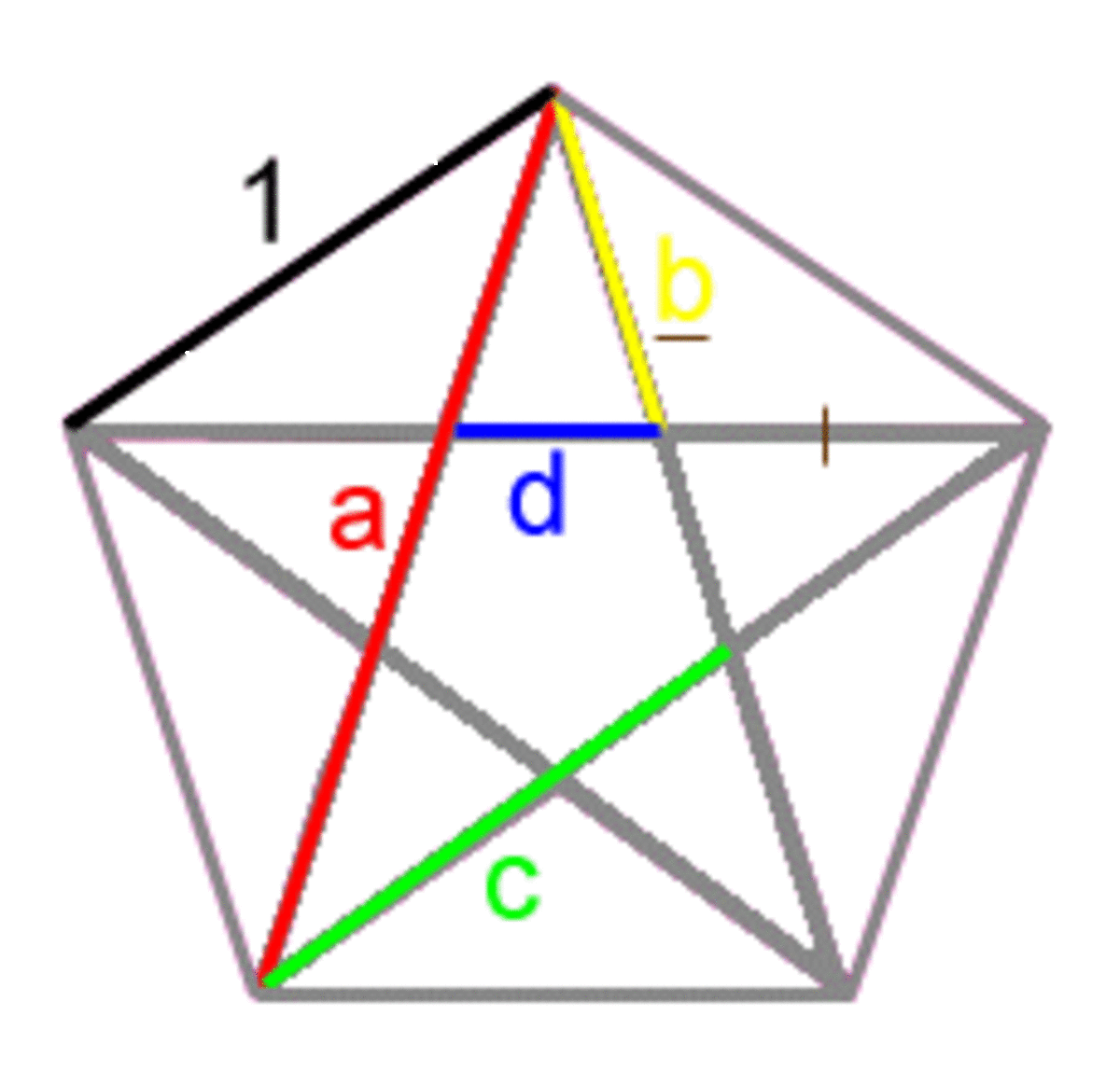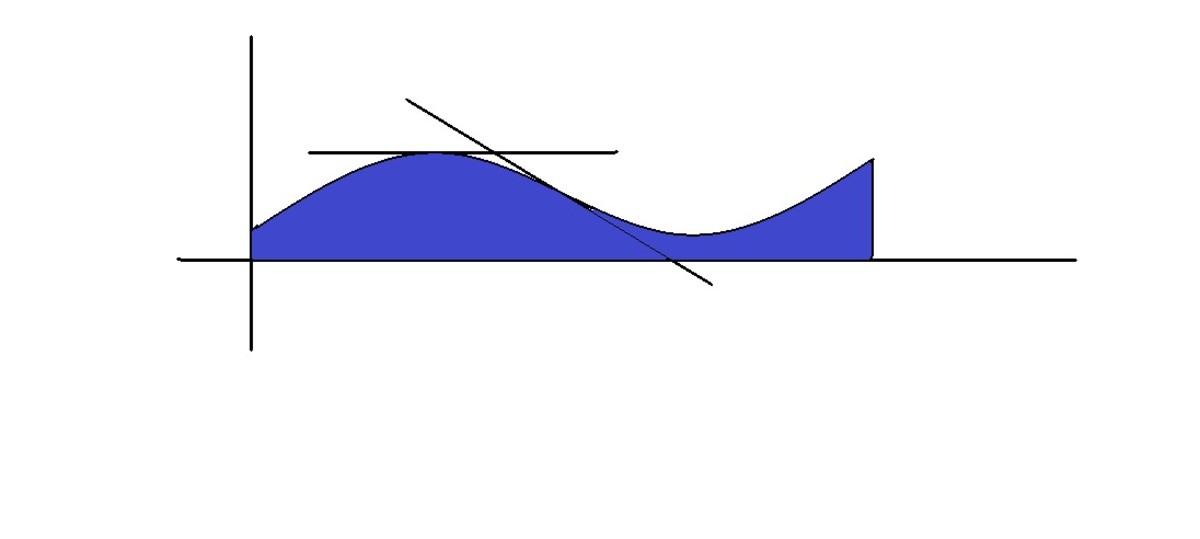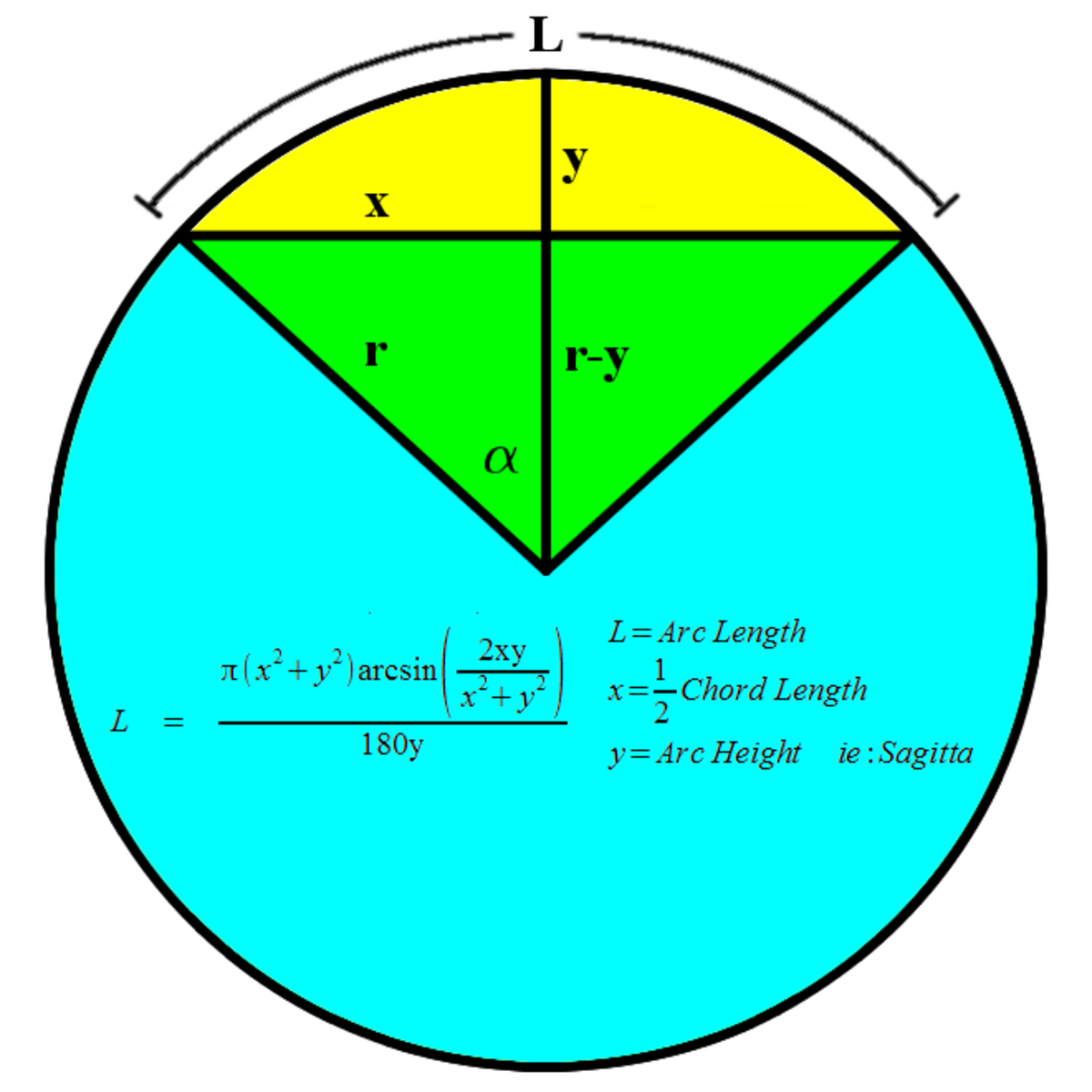Three of Isaac Newton's Most Important Contributions to the World
Isaac Newton
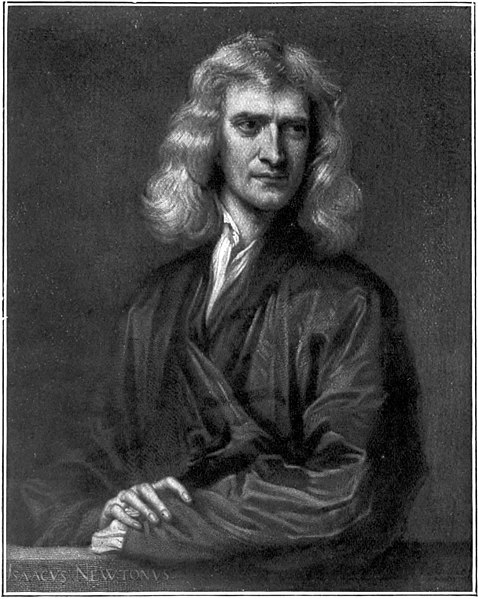
Isaac Newton
Isaac Newton was born on Christmas day 1642 (old calendar) in the hamlet of Woolsthorpe, near Grantham, UK. Although destined to be one of the giants of mathematics and physics, Newton was born a small and weak baby who wasn't expected to survive infancy. His father had died two months prior to Newton's birth and when his mother married again three years later, Newton was left to be raised by his grandparents.
Newton attended the local grammer school in Grantham, before starting at Trinity College, Cambridge in 1661. While at Cambridge, Newton read prodigiously, stretching himself far beyond the rather old-fashioned Cambridge curriculum of the time. After a brief interlude back in Woolsthorpe during the plague outbreak (a time when Newton made some of his greatest early discoveries), Newton returned to Trinity as a fellow in 1667. He became the Lucasian professor of Mathematics there a couple of years later.
Newton continued to work and teach at Cambridge, but it was the publication of his most famous work Philosophiæ Naturalis Principia Mathematica (generally known as Principia) in 1687 which thrust him into the spotlight as one of the leading scientific figures in Europe.
Newton continued to work on various areas of science and mathematics for the rest of his life. Alongside his scientific work, he was also made Warden of the Mint (at the Royal Mint in England) in 1696, later moving up to become Master of the Mint. He was elected president of the Royal Society in London in 1703 and two years later became the first scientist to be knighted.
Isaac Newton died on the 31st March 1727 (new calendar) at the age of 84 and is buried in Westminster Abbey where his monument can still be visited today.
Newton made many contributions to mathematics and science, but in this article we are going to look at three of the most important: his work on light; gravity and laws of motion; and calculus.
Did You Know?
In a 2002 poll by the BBC, Isaac Newton was voted 6th in the list of 100 Greatest Britons.
Newton's Experiment With Light and Prisms

Newton's Work on Light
In the 1660s, while Newton was studying, scientists believed that colour was a mixture of light and darkness and that when a beam of light shone through a prism and split into different colours, it was the prism adding these colours to the light.
Newton disproved this. He cut a slit into window shutters to allow a beam of light into an otherwise dark room. He positioned a prism into this beam which refracted the light, splitting into a spectrum of colours. He then used a second prism to refract this spectrum back into a single beam of white light.
Newton's work led to his description of how rainbows are formed by the refraction of sunlight through raindrops. He also gave us the named colours of the rainbow which we have today; red, orange, yellow, green, blue, indigo and violet. The choice of seven colours is more to do with the symbolism of the number seven rather than a fact however, as he also described how each colour merged with the next to give different 'hues'.
Newton also invented a much improved telescope in 1669 which he claimed could magnify 150 times despite being only 6 inches long. His telescope made use of reflection, as opposed to the lens based telescopes of the time, vastly improving their ability. His telescope was demonstrated to the Royal Society and he was elected to a fellowship there on the 11th January 1672.
Statue of Isaac Newton at Trinity College, Cambridge

Gravity and the Laws of Motion
During 1665, as the plague struck, Newton moved back to the relative safety of Lincolnshire. It was during this period that he had some of his greatest ideas.
He examined the elements of circular motion, applying his analysis of this to the orbits of the Moon and planets. However, he didn't publish his findings. It was only in later years that he released his ideas to the world.
In 1684 Newton was visited by the astronomer (and future Astronomer Royal) Edmond Halley who was struggling with the problem of orbital dynamics. Just three months later, Newton sent Halley his work on the subject De Motu (On Motion) which would later evolve into Principia.
It was in Principia that Newton stated his three laws of motion which laid the foundation for classical mechanics.
- An object remains at rest or moving at a constant speed unless acted upon by a force.
- The rate of change of a body's momentum is directly proportional to the force applied to it.
- Every action has an equal and opposite reaction.
He applied his formula to Kepler's third law which links a planet's distance from the sun and the period of its orbit, and found that the force holding the planets in their orbits around the Sun decreases with the square of their distance from the Sun.
Newton compared this to the moons of Jupiter and the Earth's own moon and calculated that this was all governed by one law which he named the 'Law of Universal Gravitation' using the Latin word 'gravitas', meaning heaviness, to name the force he had discovered.
The Front Cover of Newton's 'Principia'

Calculus
The creation of calculus caused one of the biggest controversies and disagreements of Newton's career. Although the method of calculus was hinted at in Principia, Newton didn't publish his findings and it was the German mathematician Gottfried Leibnitz who first published about calculus in 1684. Charges of plagiarism went both ways and Newton's attempts to discredit Leibnitz lasted well beyond the German's death in 1716.
It is generally agreed nowadays that both men independently developed differentiation, the method of calculating a formula for the gradient of a tangent to a curve, from the formula of the curve itself.
They also discovered the inverse of this whereby if you have a formula for the area under a curve, differentiating this will give the equation of the curve. So by doing the reverse of differentiating the curve's equation, you get the area under it. We call this process integration.
The fact that differentiation and integration are opposites is stated by the Fundamental Theorem of Calculus.
You can find out more about how differentiation works from first principles in my article here.
© 2020 David

